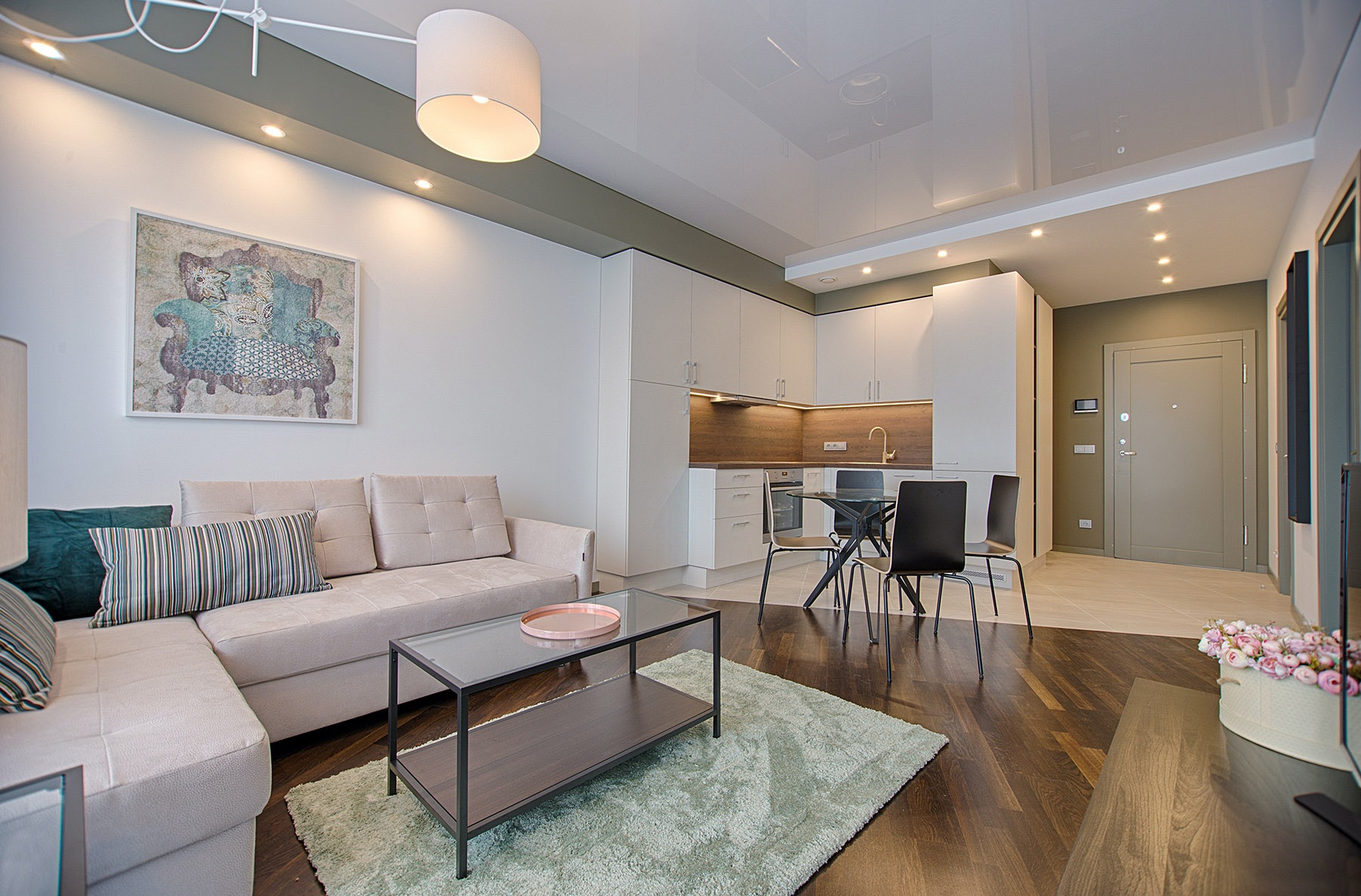
Living in a bustling city like Singapore often means dealing with noisy neighbours, which can be a constant source of frustration and stress. Fortunately, there is a solution that can help create a more peaceful living environment – sound absorbing panels. These panels are designed to absorb and reduce noise, making them an effective option for those who want to improve their quality of life.
Key Takeaways
- Sound absorbing panels offer an effective solution for dealing with noisy neighbours.
- These panels work by absorbing sound waves and preventing them from bouncing off walls.
- When choosing sound absorbing panels, it’s important to consider factors such as panel thickness, installation options, and aesthetic preferences.
- Customisable designs are available to match different interior styles.
- Investing in sound absorbing panels can help create a more enjoyable and relaxing home environment.
How Sound Absorbing Panels Work
Sound absorbing panels are designed to reduce noise levels in a given space by absorbing sound waves. To understand how they work, it’s important to have a basic understanding of sound itself. Sound waves are created when an object vibrates, causing a disturbance in the air.
These vibrations travel through the air as sound waves until they reach an object, such as a wall, where they bounce off and create echoes. It is these echoes that contribute to noise in a space.
Sound absorbing panels work by absorbing these sound waves, preventing them from bouncing off walls and creating echoes. The panels are made from materials that are specifically designed to absorb sound waves, such as acoustic foam or fabric. These materials are porous and contain small pockets of air that help to trap sound waves as they pass through.
The effectiveness of sound absorbing panels is largely determined by their thickness and density. Thicker and denser panels are more effective at absorbing sound waves than thinner and less dense panels. This is because the thicker and denser panels contain more material to trap sound waves and prevent them from bouncing off walls.
The position and number of panels used also affect their effectiveness. Ideally, they should be placed strategically around the space to create maximum coverage. It’s recommended to use multiple panels to create a ‘room within a room’ effect, reducing the amount of noise that escapes into neighbouring spaces.
Materials Used in Sound Absorbing Panels
As mentioned earlier, sound absorbing panels are made from materials that are specifically designed to absorb sound waves. These materials include:
- Acoustic foam: This is a lightweight and porous material that is often used in sound studios and music rooms. It is available in various thicknesses and densities depending on the level of noise reduction required. Acoustic foam is effective at absorbing high-frequency sounds, such as those produced by voices and musical instruments.
- Fibreglass: This is a dense and rigid material that is commonly used in commercial buildings and offices. It is available in various thicknesses and is effective at absorbing mid to high-frequency sounds.
- Mineral wool: This is a dense and fibrous material that is often used in residential buildings and homes. It is available in various thicknesses and densities and is effective at absorbing low to mid-frequency sounds.
- Fabric: This is a versatile material that can be used to cover other sound-absorbing materials, making it an excellent choice for creating customised panels that match a room’s decor.
Sound absorbing panels offer a practical and effective solution for those who are dealing with noisy neighbors. Whether you are trying to block out loud music or reduce the sound of conversations, these panels can make a significant difference in the acoustics of your space. By reducing the amount of sound that bounces off of hard surfaces, sound absorbing panels can help create a more peaceful and comfortable environment.
